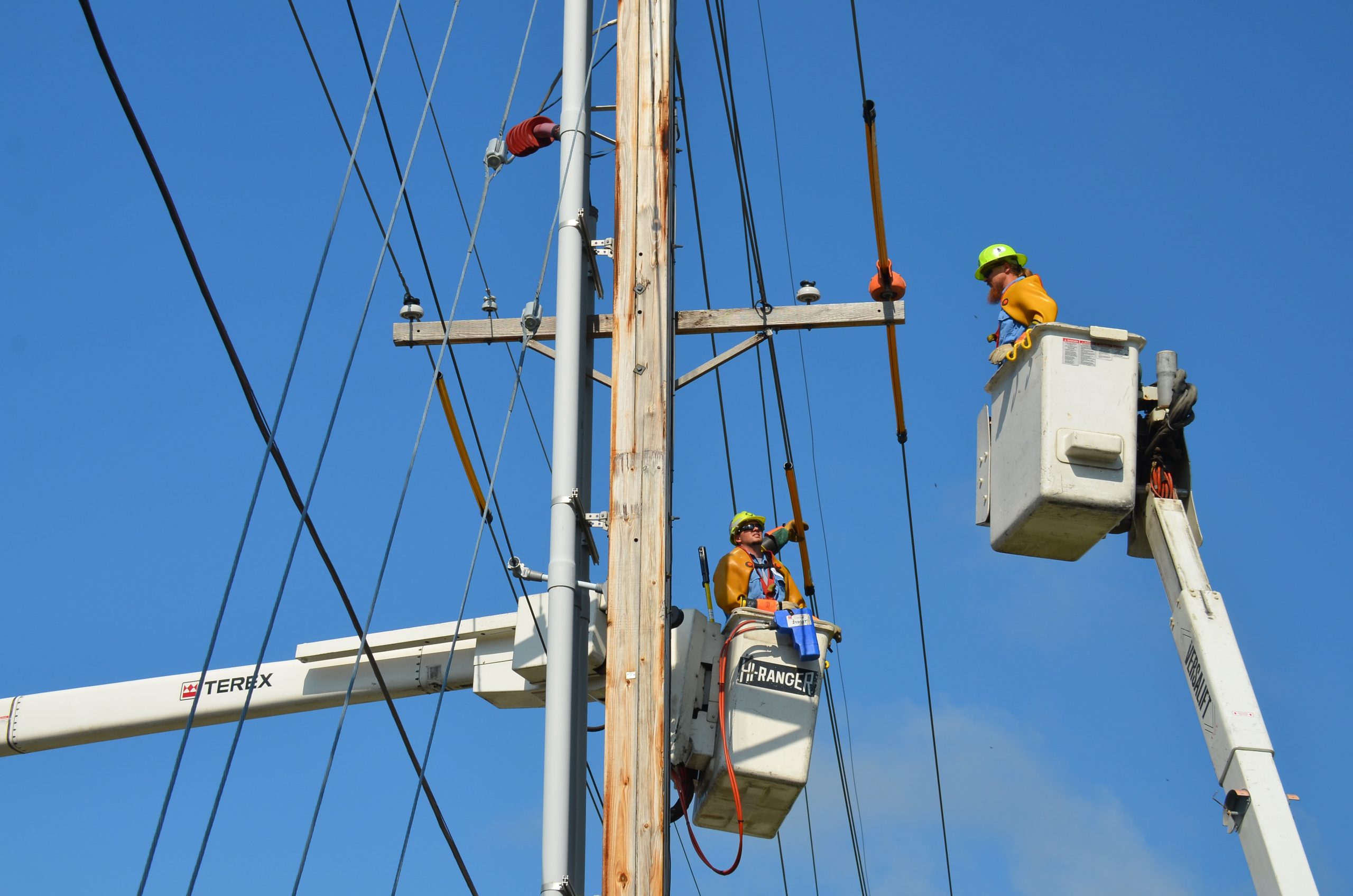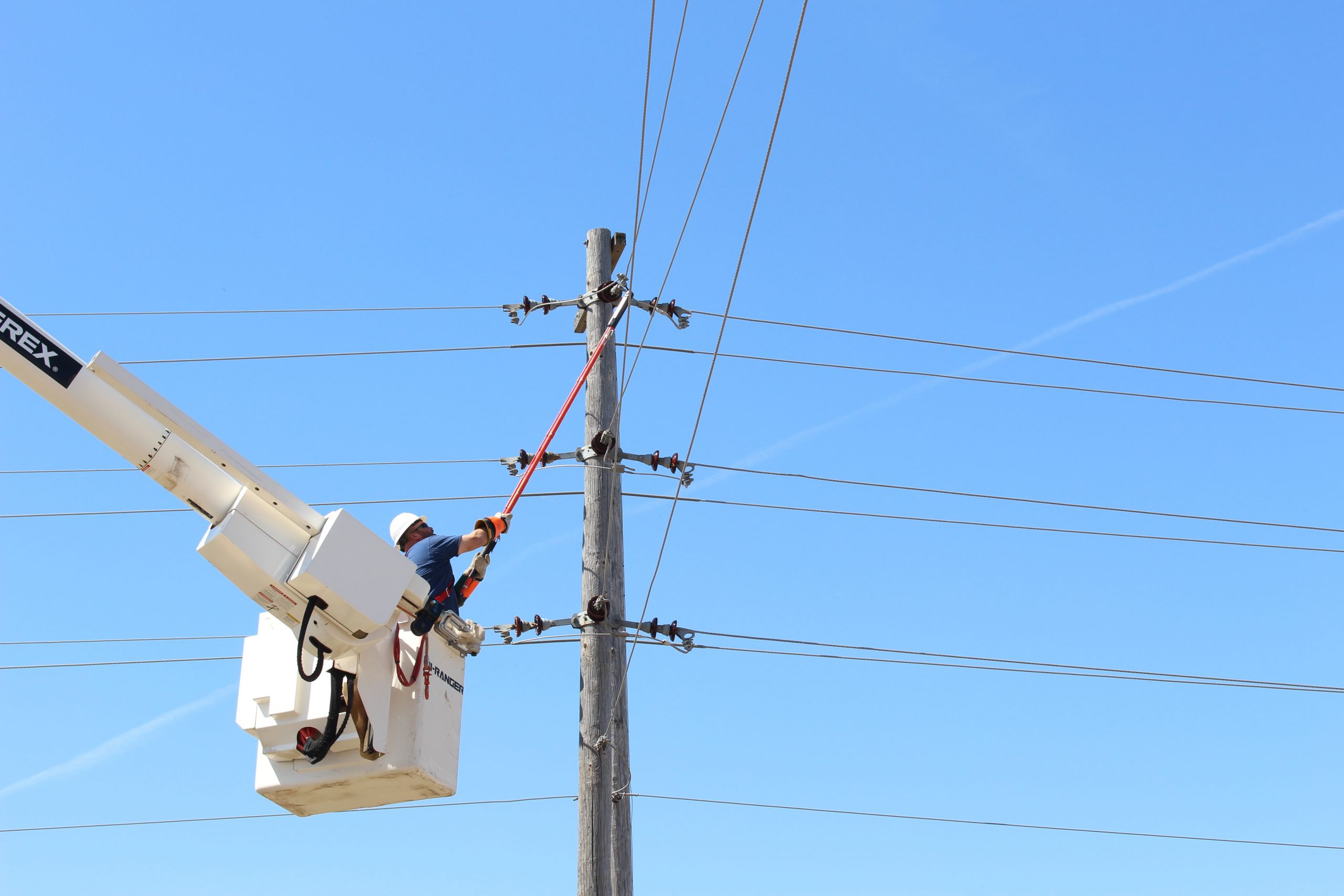There are pros and cons to every job, and for the sake of our employees, we need to do our best to maximize the pros. One way to do this is to make sure the workplace is as risk-free and safe as possible. Not only will this show that you are concerned about the individuals you employ, but it will also save you money by preventing accidents at work.
With this thought in mind, we wanted to find out how much it costs on average for workers to get direct worker’s compensation after being hurt or discriminated against at work. Even if you do not think about the risk of being sued, there are other costs stemming from unsafe working conditions.
For instance, if your employees keep leaving because the workplace is deemed risky or dangerous, you will have to keep spending money to recruit new ones, who will need to be trained from scratch.
Finding and retaining great employees is a key to success with any business, large or small.
So, what can business owners do to keep their employees? It all boils down to making sure that people have a safe, clean, and pleasant environment to work in. But before we talk about that, let us take a moment to figure out how much it could cost you to have an unsafe workplace.
Work Comes with Risk
Working environments often present unique risks to workers. For example, construction sites can involve heavy machinery and hazardous materials, while factories involve fast-moving machines and dangerous chemicals. Even jobs that seem relatively safe can pose danger if you don’t take the right precautions.
For example, farmers must frequently operate heavy machinery or deal with large animals. Unfortunately, countless individuals lose working days because of accidents or illnesses tied directly to their work. Thousands of workers are injured or killed in accidents that could have been prevented.
By skimping on safety measures, businesses can end up spending a lot more to cover the medical bills of workers who get hurt. According to the Occupational Safety and Health Administration (OSHA), businesses incur 1 billion dollars a week in employee compensation due to unsafe working conditions.
On top of that, companies end up having to cover legal services if the staff members decide to take legal action for negligence and unsafe working conditions.
It is tempting to put these numbers down to the risks that come with certain jobs. Accidents on the job and factory floor are just a part of life, right?
We have made technological advances which should make workplace injuries less frequent, yet companies and employees must stay vigilant.
The OSHA estimate does not include the implied costs of a dangerous workplace, though. In other words, if there is an accident at work, the company must pay for an internal investigation. It also needs to find the money to pay for new safety precautions while making up for lost revenue and profits.
If an accident damages any of the organization’s assets, it will also have to pay to fix it. Consequently, if the employees who were involved in the accident quit because of it, it will cost more to train their replacements. If anything, the number of $1 billion each week is too low of an estimate.
Now that you know how to read the numbers, let us examine another vital angle of the story. Why is it important for your company to have good safety procedures?
A Breakdown of the True Costs of Neglecting Worker Safety
While we briefly went over some of the possible costs you can incur earlier, costs vary from business to business. Below, we outline some of the most common patterns we have seen when it comes to the implicit costs of neglecting worker safety and having an unsafe workplace.
1. Citational Risks
The chances of getting a ‘cite’ from OSHA if your workplace does not have the right health and safety rules in place is also going up in the past few years. OSHA has made a chart of the most expensive citations that cost more than $40,000 in 2015. For example, a construction company in Illinois was penalized nearly $2 million for approximately 40 total violations.
According to Occupational Health and Safety (OSHA), “Fall Protection” with guardrails was one of the OSHA criteria that was broken most frequently in 2013. This led to more than 8,000 citations and more than $20 million spent entirely on fines. Also, specialty construction contracts paid upwards of $48 million in fines, while small organizations paid upwards of $70 million.
2. Litigation Risks
Financial risks are a big cost, but more and more accidents and injuries are leading to long court cases that can last for months or even years. Norton Rose Fulbright did a new research project that surveyed 401 people and started to look at the patterns in court action.
The analysis revealed that 44% of the construction sector survey participants were facing compliance prosecution, and the expenses of litigation are still going up, with 71% of companies having to spend over $1 million on litigation, up from 53% some few years back.
Also, the report suggests that engineering and construction enterprises are also most likely to employ outside advice and guidance when they are involved in a long court case, with 42% of firms choosing this route.
3. Lost Time
When someone gets hurt, the company ends up losing a lot of time and entire plans end up having to be backtracked. The estimated 50,000 incidents occurring in one week require at least one entire week off of work, and the typical amount of time lost per injury is four weeks. 25% of work-related injuries require 12 weeks or more off, which is a scary number. These statistics show that both the worker and the employer lose significant time, which hurts profits and productivity by unprecedented degrees.
What are the Benefits of Improving Worker Safety?
It’s important to keep in mind that unsafe working conditions aren’t just inconvenient — they can also be deadly. Most importantly, employers are legally responsible for their employees’ safety. If you fail to provide a safe working environment, or if you fail to provide workers with the necessary protections, you could be held liable for any harm caused. Even if you’re not legally responsible, you could face a PR nightmare and a loss of employees if you don’t take safety seriously.
The best way for a company to save money is to decrease the number of ailments, injuries, and mortalities at work. At the very least, it would mean that less of the company’s revenues are going into paying for medical bills and OSHA fines. You would, therefore, spend minimal resources on activities like independent investigations, but even that is not all.
If employees get hurt at work less often, they will need sick days less often. After all, individuals generally feel better and safer when they work for businesses that look out for them. People also tend to remain with the same company longer, which saves you money on training costs.
If, despite all this, your company is somehow still paying for worker’s compensation and setbacks that are not covered by insurance, the damage to its public image can be harder to handle. Businesses that are taken to court get a lot of unwanted attention, and often lose respect from their business associates and suppliers. Too often, they can lose the trust of their shareholders, clients, and the people in the communities they depend on.
In the end, being responsible as a business is a great way to establish a good name in the corporate world. So, if you are not obligated to cover medical expenses for workers who are injured or the firm’s legal costs, think about potential clients and investors.
How Do I Improve Worker Safety?
To start, good worker safety looks like an open line of communication. Workers need to feel safe enough to report any issues and have the right training to solve them. It also looks like effective enforcement of OSHA regulations. In addition, good worker safety should be a solid plan for emergencies.
For example, if you operate in a factory setting, you might have a procedure for dealing with chemical spills. This might include shutting off the flow of chemicals and turning on the internal sprinkler system. You should also train employees on how to respond to these emergencies and have a designated person in charge at all times.
There are a few ways to ensure safe working conditions. The first is to design a safe workplace from the start. This means carefully laying out the physical space, as well as deciding how employees will access the work area. You can also regularly inspect the workplace for hazards and maintain equipment. Finally, you can train your employees on how to operate safely and use the right safety equipment. Ideally, you should have a safety committee that meets regularly to assess the safety situation.
There really are, of course, several other ways to make a workplace safe, and there are numerous motives for doing so. If money is not an issue, think about how people will see you. Even if you do not care about your company’s image, you will still want to avert spending money on things that are not necessary, such as litigation and fines.
The Bottom Line
It takes time and dedication to build the right worker safety culture, and we hope we have shown why safety culture shouldn’t be neglected. When employees feel protected, they are happier, more productive and safer.
At Field1st, we offer workplace safety training, job hazard assessment tools, and other vital resources to actively promote safety and health at work. From classroom sessions to practical demonstrations and enterprise-wide software solutions, we provide valuable insights and guidance on occupational safety and compliance so that you can prevent workplace accidents and injuries, reduce costs, and improve staff retention and morale.



